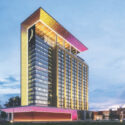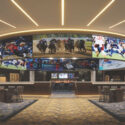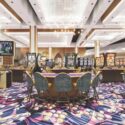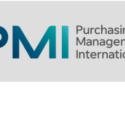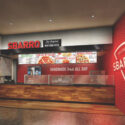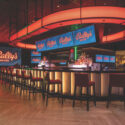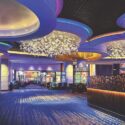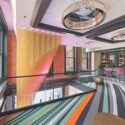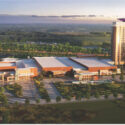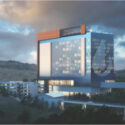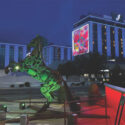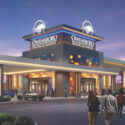
A few changes to this year’s Casino Design magazine got me to thinking about how much investment projects are attracting today.
First, the changes: We’ve moved the printing of Casino Design to later in the year, which allows us to focus on the G2E Casino Design Awards, a program that we began 12 years ago in conjunction with a conference on casino design we were running at the time. When we sold the conference to Reed Exhibitions, G2E took over the awards program. So a move to the November-December time frame allows us to recognize the winners, particularly the Sarno Award for Lifetime Achievement, the ultimate honor for anyone involved in this field.
What got me to thinking about investment were the winners of this year’s competition compared to those in previous years. The winners of the previous two awards for the large properties were the Cosmopolitan and Revel. The total investment on each was around $4.5 billion and $2 billion, respectively. This year, the winner was Margaritaville Bossier City, with a total investment of just over $200 million. And the Native American winner was Twin Arrows (our cover story), which also came in around $200 million.
Yes, that’s a big difference, but what was not so different was the appeal of those properties in their markets.
Certainly, the three markets are completely different. The Cosmopolitan opened in the midst of the recession when visitation, as well as gaming revenue, was significantly down in Las Vegas. Compounding its problem was a focus on non-gaming amenities, to the point where gaming was virtually ignored. The same was true for Revel in Atlantic City, but competition from surrounding jurisdictions made the situation even worse. In Bossier City, Margaritaville was the first new property to open in more than a dozen years, but also in a market that had been hard hit by competition from Oklahoma Indian casinos poaching its principal Dallas market. Twin Arrows opened in a somewhat remote location east of Flagstaff, Arizona, but competition is many miles away, giving the tribe access to locals and travelers along I-40 alike.
The difference in all these properties was that Margaritaville was conceived and planned after the economic downturn, and the property was designed for the realities of the market.
That wasn’t true in either Atlantic City or Las Vegas. Cosmopolitan and Revel pushed forward even when it became evident that business conditions would be markedly different when they opened than when they were conceived. As a result, both properties have lost barrel loads of money since opening, even if their design was deemed to be superior.
The lesson we learn from this is that some very substantial research must be done before building to determine the size of the market, the surrounding competition, and the projected revenue flow. And while both Cosmopolitan and Revel were designed to capture the non-gaming market, the assumption that they’d get their fair share of gaming revenue was plain wrong—particularly when you have no plan in place to aggressively win that share of gaming revenue, a factor present in each case.
Margaritaville, on the other hand, looked at a market that was being served by properties that hadn’t been updated in years—or in some cases even properly maintained. Revenues were flat or declining, with little reason for new customers to consider the Shreveport/Bossier City market. Margaritaville has changed that. And its location adjacent to the outlet mall, the Louisiana Boardwalk, gives Margaritaville a non-gaming appeal as well.
With Twin Arrows, financing by the tribe, not by Wall Street, made the decision to configure the property realistically an easy one. But in each case, Margaritaville and Twin Arrows developed top-flight facilities that are as impressive as Cosmopolitan and Revel were in their markets, and probably more profitable.
Now we do have some billion-dollar-plus properties on the horizon. Baha Mar in the Bahamas will open late next year, with a price tag north of that figure. But we’ll also have SLS Las Vegas, the Sam Nazarian property that will expend much less than $500 million.
So maybe the jury is still out. But the bottom line has to be that owners must conduct a complete feasibility study that looks at the market from every angle, makes all the assumptions in a wide range of results, and considers all economic conditions at the time of the casino’s opening. This may mean building in phases, which is not always the best way to do things, but in this case, the most responsible.



